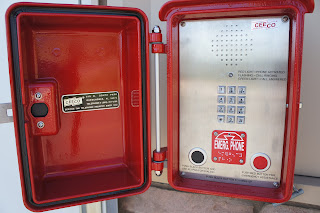VEE’S ANNUAL FLEA MARKET
Proceeds to support our local Volunteer
Inter-Canyon Fire Protection District
Sales dates are:
July 2oth – Saturday 8 am to 4 pm
July 21st – Sunday 9 am to 3 pm
At Fire Station 3, 8445 S. Hwy. 285
We will be taking tax deductible donations of saleable items:
Friday, July 19th –12pm-8pm
Saturday, July 20th –8am-11am
This sale is huge. We have clothing, home and office furniture, antiques, crafting items, books, kitchen wares, small appliances, toys, exercise equipment, tools, linens, camping gear.
SORRY, WE CAN NOT ACCEPT DONATIONS OF
NON HD TV’S, COMPUTERS, TIRES, WOODSTOVES,
LARGE APPLIANCES, SKIS, CARSEATS, MATTRESSES, ENCYCLOPEDIAS, or TOILETS.






























